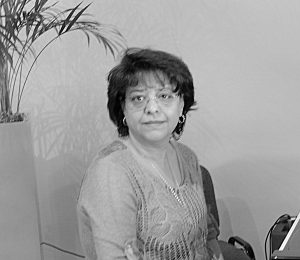Bienvenue dans notre école
 La philosophie de notre école est axée principalement sur le plaisir d’apprendre la musique de manière simple et ludique.
La philosophie de notre école est axée principalement sur le plaisir d’apprendre la musique de manière simple et ludique.
Nous souhaitons développer le goût et le plaisir de la musique, sans les contraintes du solfège.
Notre méthode a fait ses preuves depuis plus de 30 ans et est accessible à absolument tout le monde, du plus jeune au plus ‘mûr’ et du plus débutant au plus confirmé.
Nous adaptons nos cours en fonction de l’avancée et du rythme de chacun. Tous les styles sont abordés, du classique Mozart, Bach, pour ne citer que les plus connus, en passant par le Rock, le Blues, le Jazz, jusqu’au contemporain (musiques de films, et derniers hits à la radio).
Le récital annuel est composé d’une belle panoplie de tous ces styles.
Les cours sont individuels et durent 30 minutes ou 1 heure.
Toute l’année, nous vous proposons de faire un essai afin de découvrir notre méthode et d’expérimenter notre approche, ceci sans aucun engagement de votre part.
Contactez-nous
Téléphonez-nous au +32 474.48.23.13
ou accédez à notre formulaire de contact